Everything you need to know about flatwater kayaking
Many of us are looking for new hobbies to explore and new movement activities that are fun, low-impact, and can help us live a healthier lifestyle.
Flatwater kayaking might be the watersport for you if you want to explore beautiful, scenic locations and calm waters all while getting in a good workout.
Flatwater kayaking info article table of contents
We cover a ton of information about flat water kayaking in this blog post, so here’s a rundown of what you’ll learn reading this piece. Want to jump ahead to a specific section? Simply click the bullet-point item and you’ll be routed to that content in this recreational kayaking information article.
How to pronounce “kayak” and “kayaking” in American English,
The anatomy of a boat and the 4 directions (sides) of a kayak,
Critical safety considerations,
How (and why) to rent a recreational kayak for beginner paddlers,
So whether you’re interested in recreational kayaking as a hobby, or committing more time to the sport, read on to learn everything you need to know about flatwater kayaking!
This website may contain affiliate links meaning if you purchase through my link, I’ll receive a small commission at no cost to you.
What is flatwater kayaking?
Flatwater kayaking is a type of kayaking that takes place on calm bodies of water without big waves, significant currents, or rapids. Think mirror-flat lakes, bays and bodies of water with minimal boat wakes, and mostly flat, slow-moving rivers.
How do you pronounce 'kayak' and 'kayaking' in English?
Kai-ak is the American English pronunciation for the word “kayak.”
Here’s an audio recording so you can hear the word pronounced by a native English speaker.
The correct way to pronounce “kayaking” is kai-ak-ing.
Press play to hear an audio of the correct way to say the word aloud.
“
The reality is that kayaking is one of the most approachable, straight forward and user-friendly ways to enjoy the outdoors.”
What is the anatomy of a kayak boat?
The main parts of a kayak boat include:
Deck: This is the top surface of the kayak where the paddler sits on a sit-on-top kayak.
Hull: the bottom surface of the kayak that sits in the water.
Cockpit: the opening where the paddler sits (and maybe their dog) - and cockpit sizes vary depending on the sit-in kayak model and design. Tandem kayaks (designed for two people) will have two different cockpits and higher cargo and weight capacity limits.
Seat: In case it’s not obvious, this is place where the paddler sits (and not all seats are created equal in comfort).
Footrests: these are adjustable platforms for the paddler's feet that are built into both sides of the inside of the kayak boat. Footrests are especially helpful to help with proper kayaking form, boat stability, and paddling comfort for kayakers of varying heights.
Paddle: the tool used to propel the kayak through the water. This is a kayak accessory essential!
Bulkheads: This references internal partitions that provide structural support and help to divide the kayak's interior into compartments.
Hatches: Sometimes called different things, but hatches are openings in the deck that provide access to the kayak's interior compartments. Not all recreational kayaks have these, but they’re handy for storage.
Rudder or Skeg: This is movable, underwater fin that helps the paddler steer the kayak
Carry handles: Essential for helping you carry and transport a full-size kayak. In the case of folding origami design kayaks, these are usually carried by a handle on a compact box.
Drain plugs: To empty water from the kayak. Some boats have these, others don’t, and you’ll need to carry a bilge pump for added paddling safety.
The four directions (sides) of a kayak are called:
Front = Bow
Rear = Stern
Left-side = Port
Right-side = Starboard
FAQs about flat water kayaking
How hard is flatwater kayaking?
Flatwater kayaking is one of the simplest forms of recreational kayaking and the most common. This water sport is enjoyed by beginners, intermediate, and experienced kayakers of all ages.
If you want a more challenging flatwater kayaking experience, there are options to consider as you research paddling routes in your area (or where you’re traveling).
A slight to medium river current, on an out-and-back kayak paddle, over the course of several hours, will provide a great cardio and strength paddling workout for your body. An easy exploration on a mirror-flat lake for 30 minutes won’t be as hard.
The great thing about kayaking as a hobby is that it’s fantastic movement for your mind and body, and you can really make the experience your own based on your goals and interests.
Is flat water kayaking boring?
Flatwater kayaking is not boring at all! Recreational flat water paddling adventures provide numerous physical and mental health benefits, in addition to creating meaningful lasting outdoor memories with friends and family.
Ever heard about a night kayak experience?
Taking a water elevator by kayak from salt water to fresh?
The thrill of watching salmon jump from the water?
Paddling on a lake formed after a massive volcanic explosion?
These experiences are incredible, and certainly not boring!
Still unsure? Check out popular hashtags on social media, and you’re bound to see inspirational flatwater kayaking quotes, photos, stories, and videos from around the world.
How fast can you kayak on flat water?
The average speed of paddling a kayak is about two miles per hour. Of course, you can achieve higher speeds with experience (and some wind and currents in your favor).
Health benefits of kayaking
Flatwater kayaking is great for both body and mind.
Here are some of the ways you can support your physical and mental wellness with this water sport activity.
The physical benefits of kayaking
Great for weight management
Recreational flat water kayaking offers a fun and scenic alternative to the mind-numbing monotony of going to the gym.
How many calories can you burn kayaking? One hour of recreational kayaking on calm waters can burn upwards of 400 calories. Since you’re likely to spend a few hours paddling, you’ll average close to 1200 calories.
And if you look at my Apple iWatch fitness tracker photo in this kayaking article, you’ll see that estimate tracks pretty accurately.
With one hour and 17 minutes of paddling time, I burned a total of 424 calories on that kayaking excursion.
This particular route was a flat water paddle on the Tualatin River near Portland, Oregon, with no river current.
Increased full-body strength
The main movement when you kayak is paddling. Paddling is a fantastic upper body workout that can strengthen your shoulders, chest, back, and arms.
Your legs even get in on the fun by helping you maneuver, change directions, and keep you balanced.
And the core muscles—abs, lower back, and obliques—enable you to stay balanced and centered while moving through the water.
On a May, 2023 kayaking trip to the Willamette Narrows in Portland, Oregon, I paddled for 90 minutes on an intermediate route and burned 362 active calories.
Better cardiovascular health
Flatwater kayaking is a great cardio workout, even at an average speed of two miles per hour. Even on still water, paddling will increase heart rate enough to strengthen your heart, lungs, and overall circulation.
Many flat water kayakers explore rivers and lakes for several hours at a time, boosting their heart health with every paddle experience.
Improved endurance
Flatwater kayaking typically takes place on a lake, pond, or river, meaning you travel a fair distance to get from one side to the other.
As the hours and miles add up, your stamina and endurance will also improve—thanks to the cardiovascular workout you’re getting. Over time, you’ll be able to travel farther without getting tired.
The mental benefits of kayaking
Mood boosting
Kayaking naturally releases the “feel good” neurotransmitters—serotonin, dopamine, and endorphins—in your body.
These three hormones are responsible for boosting moods and relieving stress. You’ll be a happier you when you’re paddling your kayak.
Greater focus
Norepinephrine, dopamine, and serotonin are responsible for increasing your attention span and focus. You’ll find yourself more productive throughout the day when you regularly get in your kayak.
Better memory
Kayaking can improve your thinking skills and memory. Taking time to get on your kayak regularly can increase your strength and improve blood circulation; it also promotes the maintenance and growth of new brain cells.
Reduces stress
Getting outside, especially on the water, can rekindle your sense of adventure and curiosity. A new body of study on “blue spaces” (defined as places that contain water) shows that time spent on or near water can enhance stillness and calmness, reduce seasonal depression, and improve overall wellbeing.
We have personally found that taking the kayak out for a bit is one of the BEST ways for us to relieve work, family, and life stress. It’s also a wonderful past time to combat adult loneliness.
As an added bonus, you can also see the most spectacular trees, flowers, plants, and wildlife when you’re out on the water. We’ve had many incredible animal observations from our kayak boat, including a river otter, bald eagles, black-tailed deer, osprey, egrets, harbor seals, sea lions, jumping Chinook salmon, and many more incredible Pacific Northwest species.
Do I need experience to enjoy flatwater kayaking?
You don’t need prior experience in recreational kayaking–it’s a beginner-friendly water sport that can be easily and quickly learned. Within a few hours, you’ll get the hang of paddling and enjoy the sights and sounds of the various lakes, ponds, and rivers in no time.
We recommend taking a guided kayak tour designed for beginners if you’re a first-timer to get the basics down and feel more confident when you’re out paddling around on the water.
While flat water kayaking is the calmer of the three types of kayaking (e.g., sea kayaking and whitewater kayaking), it’s still important to know how to swim well, be familiar with your equipment, and understand the different conditions of your paddle route to ensure your safety when out on the water. Invest in a waterproof first aid kit and always, always wearing a well-fitted life jacket.
There are many great resources available for new, intermediate, and experienced kayakers:
Guided tours through your local kayaking rental shop
REI Kayaking Classes (We took an REI guided tour to the Willamette Narrows and an REI tour near Mt. St. Helens, and both were great experiences!).
Headwaters Kayak YouTube Channel – This channel was created by Dan Arbuckle and Seth West to bring you their combined 30 years of experience.
PaddleTV – Run by champion kayaker Ken Whiting offering videos on tips, kayak reviews, and more.
Flatwater Kayak Club’s Resources – We can’t forget our blog where we post about the best kayak deals, locations, and so much more.
Flatwater kayaking safety
It’s absolutely vital – as in life or death – to ensure you understand and perform basic kayaking skills and know what to do in case of an emergency (such as the kayak flipping over in the water or losing your paddle somehow).
Always, always wear a life jacket.
Dress appropriately in the case of water submersion.
Check the weather and water conditions before you go.
Paddle your skill level.
This is why we recommend starting off with a guided experienced from your local paddle shop to get expert, hands-on tips for kayaking.
Additionally, you’ll also need to have the essential safety gear for water sports on-board before setting off in your kayak.
We also suggest taking ACA’s free, online paddling safety course and an American Red Cross First Aid/CPR/AED Training course. We did, and you can learn about our CPR and First Aid Certification here. We feel much safer and more confident in the water (and beyond) with our Red Cross safety training knowledge.
Just like you’d prepare for a day of hiking, you’ll need to bring along some kayaking first aid kit essentials to help ensure a safe flatwater kayaking adventure.
Safety guidelines to remember when you go kayaking:
Choose a destination based on your capabilities: Attending one of the classes listed on REI’s website will help you assess your skill level. That knowledge will help you choose the best place to kayak. If you’re a beginner, choose smaller bodies of water that are popular with other paddlers. Research the weather, wind conditions, tide (if applicable) before heading out on a route, even if it’s one you’ve paddled many times before.
Essential safety gear: The most important thing is to wear your life jacket at all times. Here’s a helpful PDF download from ACA (American Canoe Association) on how to properly wear a life jacket for paddling. After you’ve secured your fitted PFD, bring along a whistle, cell phone (in a waterproof case), paddle float, towline, and a headlamp. Some recreational kayakers also choose to bring along a collapsible spare paddle. We’ll get more into the best and most needed kayak gear in the second below.
Dress for the weather and water: Depending on where you live and the season, you should always wear the right clothing for paddling. And because kayaking is a water sport, there’s always a chance you might get wet—be sure to wear either a wetsuit or a dry suit if the water temperatures and season call for it so you can stay warm, dry, and safe. “Dress for immersion” is a commonly used phrase in the kayaking world. Any time you’re on your boat, there’s a chance you could fall in the water or your kayak boat could tip over. So you want to be prepared (thus, always wear your life jacket). And If you live or are visiting in the Pacific Northwest (PNW), it’s very important to pay attention to the season if you want to kayak - the water can be a lot cooler in temperature than the air. If you’re a beginner, summertime is your best bet! Think July, August, September for the warmest waters, sunniest days, and plentiful paddling spots to rent a kayak or launch your own, with waters that aren’t too high or choppy in Oregon, Washington, and Idaho.
Don’t go alone: Activities are always more fun with a friend—and they’re safer. A buddy will be able to help in case of an emergency.
Be smart, be safe, and have fun!
More paddling safety resources (know before you go!)
Water Sports Foundation articles & content on paddling safety
Paddling Magazine on the surge of water accidents
We rented these tandem sea kayaks on a recent guided tour paddling Ballard Locks, outside Seattle, Washington.
Types of kayaks for flat water kayaking
Recreational Kayaks
Offer affordability, stability, and are easy to use. They’re best for flat water kayaking.
Day Touring Kayaks
Typically are sit-in kayaks that are versatile, efficient boats. This type of kayak will give you more control and track straighter in the water.
Folding Kayaks
A folding kayak is a great investment if you need to save space.
(I personally own an Oru Inlet kayak, which is considered the original “origami kayak.” If you’re interested in learning more about this foldable kayak for calm waters, I shared my in-depth guide after two years of real life Oru kayak review testing here).
Folding kayaks are a great option for people who need something super lightweight and portable. I’ve been testing and buying Oru folding kayaks since 2020. Don’t buy an Oru kayak until you read this review!
Inflatable Kayaks
Inflatables are often sturdy, versatile, and can save space.
How to find a kayak rental near you
Renting a kayak is the easiest way to get started with recreational kayaking if you’re curious to try out a new hobby this year. You can always Google search “find a kayak rental near me” for a full list of options, but we also recommend reading up on local resources (whether that’s newspapers, magazines, or blogs based in your city) to get reviews on shops and guided experiences.
We love renting from our local paddling shops. You get to connect with local experts, can join a guided tour, and take helpful classes such as “Kayaking Safety Essentials and Kayaking for Beginners.” We love supporting our local businesses!
Before you invest in your own kayaking equipment, renting a single or double (tandem) kayak is also a lower-cost way to see if you like the sport and will give you the opportunity to test out different kayak types and lengths before making a final decision on what you like and what’s right for your interests, body, needs, and preferred paddling routes.
This seasonal kayak shop at “The Hook” is a great place to rent a SUP or kayak near Hood River, Oregon.
“A paddle shop can help you answer the important and oh-so-popular ‘What type of kayak is right for me?’ question by knowing the right questions to ask. ”
A knowledgeable local kayak shop will ask you focused questions to support you renting or buying a kayak, like these:
Do you plan on heading out on lakes? Slow-moving rivers?
What’s more important to you, a boat with speed or stability?
Do you need a kayak more lightweight and easier to store, or are you comfortable with a kayak that’s a bit heavier but offers more cargo room and storage?
Are you planning on kayaking with your dog or another person?
Here are great kayaking rental resources for you to consider as you get started:
REI Rentals – You can rent kayaking equipment through various REI locations. We also are big fans of company, their business model, and commitment to sustainability and taking care of their employees.
Get My Boat – This site boasts the largest rental marketplace with over 150,00 listings in 184 countries.
Friend With A…Kayak – This site connects outdoor and adventure enthusiasts to share the gear they love.
If you are near the Portland, Oregon area, we’ve rented kayaks many, many times from local paddle shops.
Some of our favorite local locations and businesses include:
And again, you can always open up Google and type in, “where to rent a kayak near me” to surface the closest and best-rated paddle business options to your home or business address.
We reviewed 5 top places to rent a kayak near Portland, Oregon, if you’re traveling to the state or a local, and we have a full list of kayak rentals and reviewed routes on our Flatwater Kayak Club blog.
How to choose a recreational kayak to buy
There are many types of kayaks, paddles, and specifications to be aware of before choosing the best kayak for you.
For flatwater kayaking, you can go with a sit-on-top or recreational sit-in kayak.
These kayak designs can come as a folding or traditional full-size hardshell kayak, as single kayaks or tandem kayaks for two paddlers, and more options. If you’ve rented a couple of boats, on different types of calm waters, you’ll likely have a preference already to help with your kayak buying decision.
Sit-on-top kayaks
These kayaks are great option for lakes, ponds, and easy flowing rivers. They’re simple to get on and off of, and are self-draining with great storage space. Many people who paddle with their dogs prefer sit-on-top kayaks, and this is also a solid kayak choice for beginner paddlers.
This is an example of a tandem sit-on-top kayak
Sit-in kayaks
This type of kayak is a great recreational choice for all types of kayaking. Sitting inside will give more control than a sit-on-top design.
However, it’s important to have a bilge pump in case you get water inside your boat (such as from an intense boat wake wave or unexpected rain).
This is the type of kayak we are most often using these days in our home state of Oregon.
If you need more in-depth support in choosing the right kayak for you, we have a free Ultimate Guide for Choosing a Kayak.
Essential gear to get started kayaking
What to bring flat water kaykaing:
Whistle attached to life jacket
Bilge pump (and possibly float bags)
Weather-appropriate clothes
Hat
Water (bring more than you need)
Snacks
Sunscreen
Dry bag (to keep your essentials water-free)
Watch
Headlamp
Communication device (phone with a charged battery)
More great articles from Flatwater Kayak Club, your free online destination for flat water kayaking in the Pacific Northwest:
10 Code of Conduct Rules for recreational kayakers to stay safe & protect nature
Is kayaking good exercise? Try this workout!
Kayak storage ideas: solutions, tips & tricks
Do you need a permit for your kayak [Oregon, Washington, and Idaho laws]
Curious to try whitewater kayaking? Read this first
Canoe vs Kayak: Differences, pros & cons
Oar vs paddle: 3 key differences to know
River conservation: how kayakers can help
Kayaking with a dog [Q&A with celebrity pet trainer Travis Brorsen]
5 top local paddle shops to rent a kayak within 1 hour of Portland, Oregon
All our posts on convenient and lightweight folding kayaks.
About Flatwater Kayak Club
Flatwater Kayak Club is a leading woman-owned online platform dedicated to supporting beginner and intermediate kayakers in the Pacific Northwest. Our company founder, a former writer for The National Geographic Channel and a current ACA member, guides our mission with her passion for kayaking, nature, and storytelling.

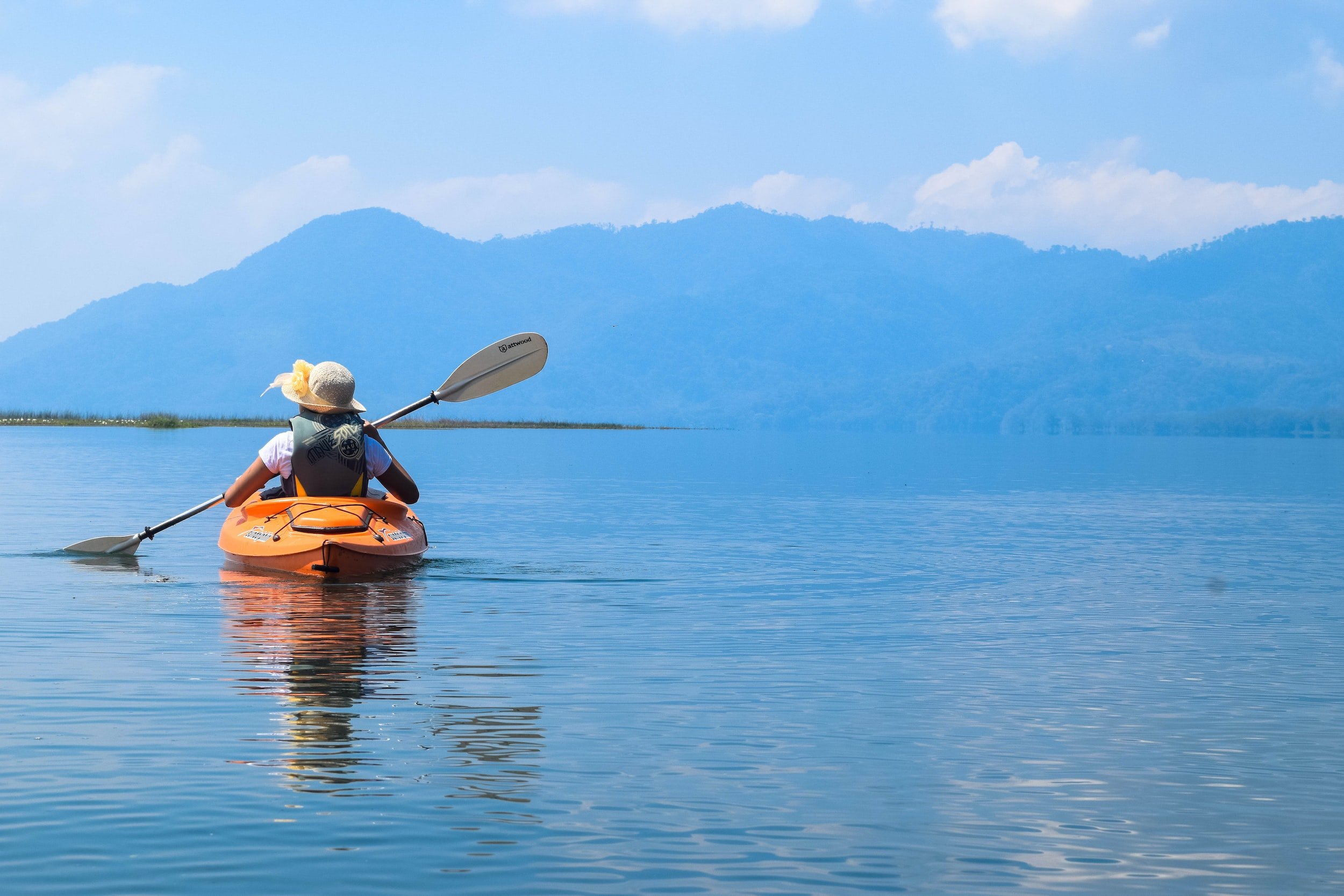
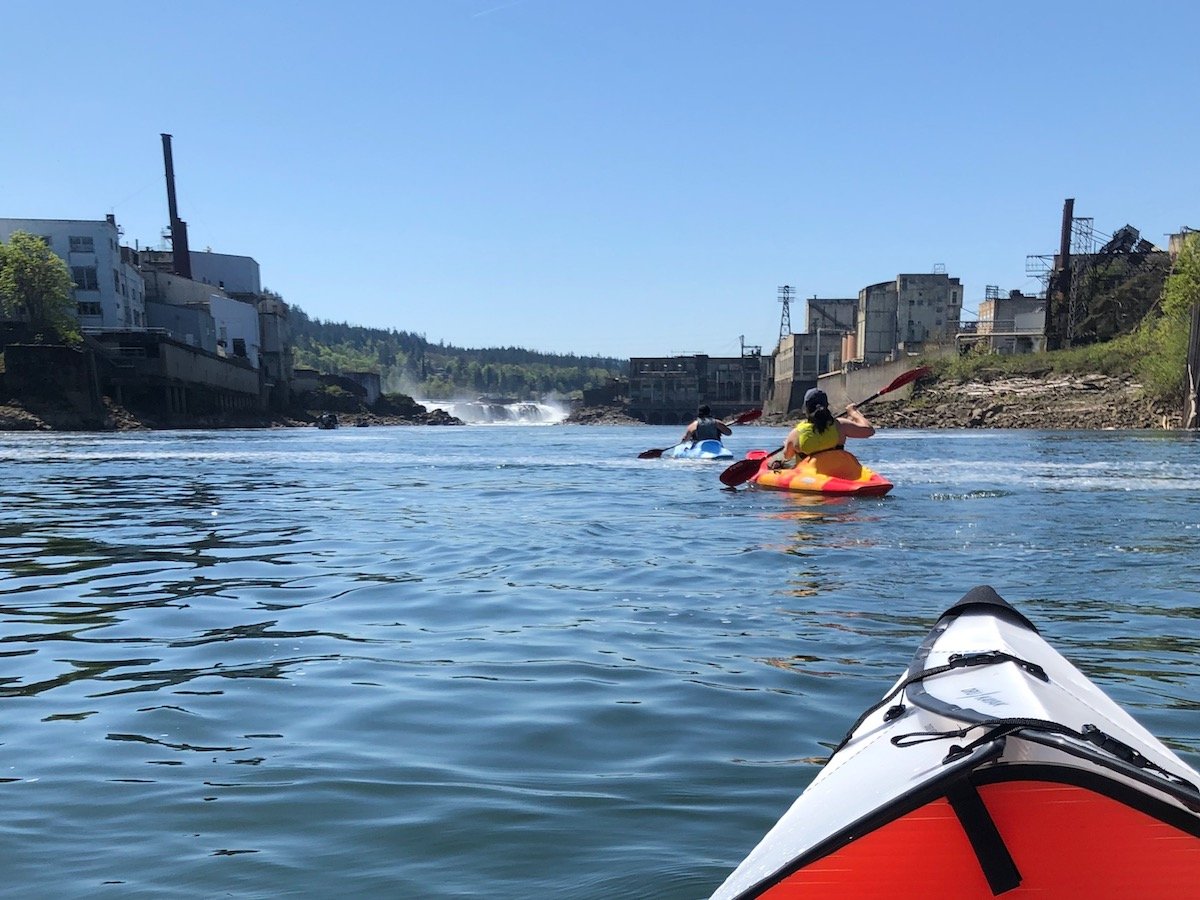
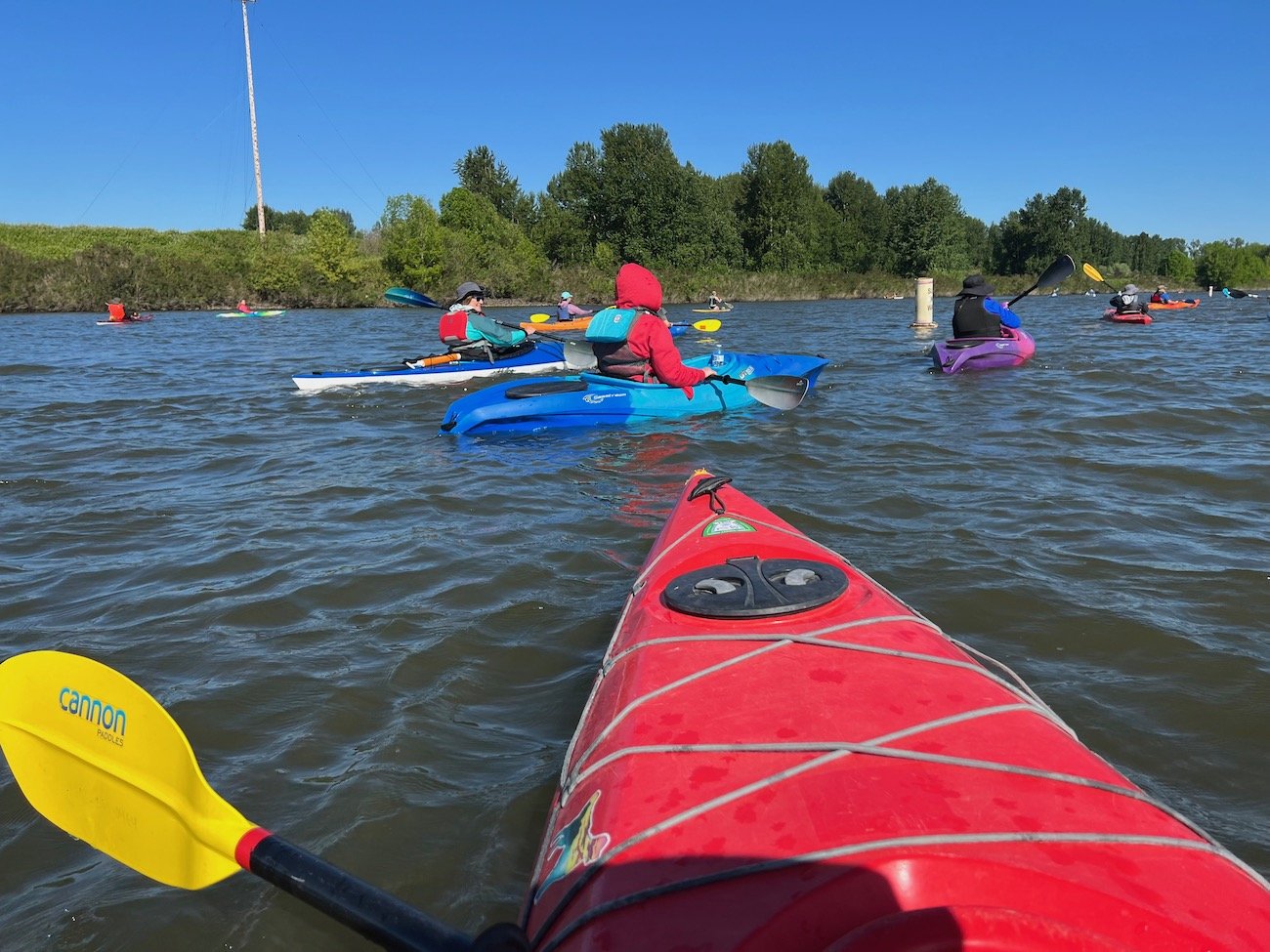




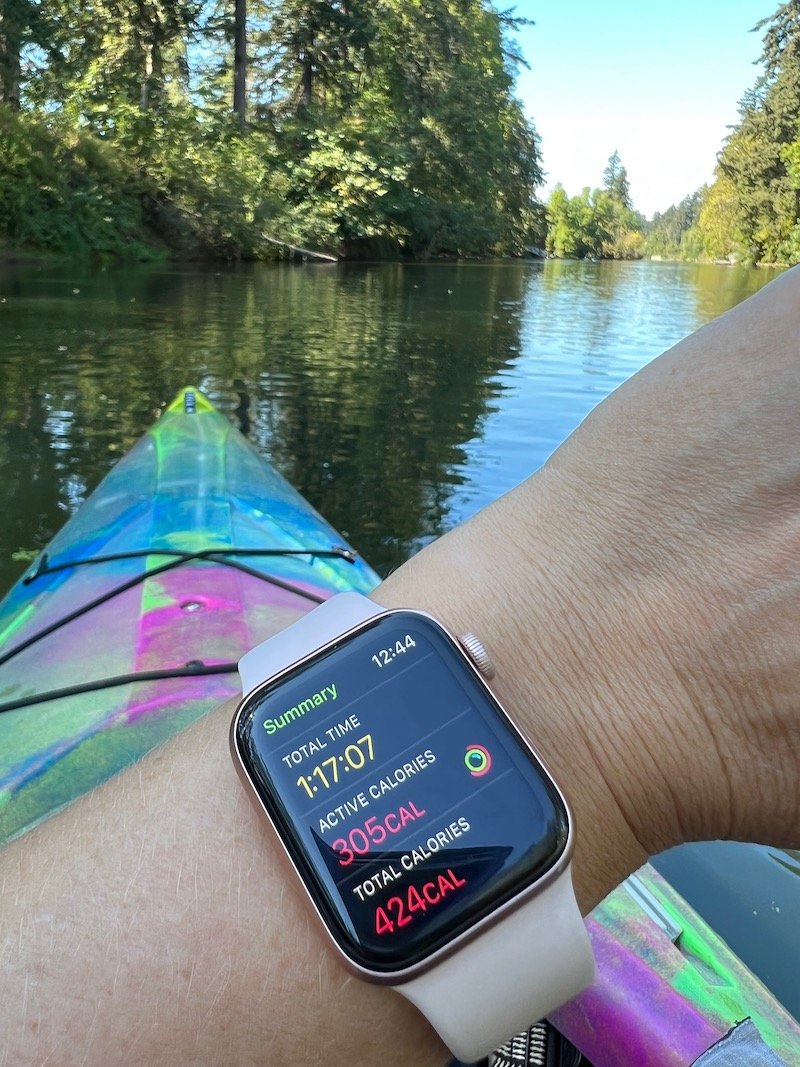

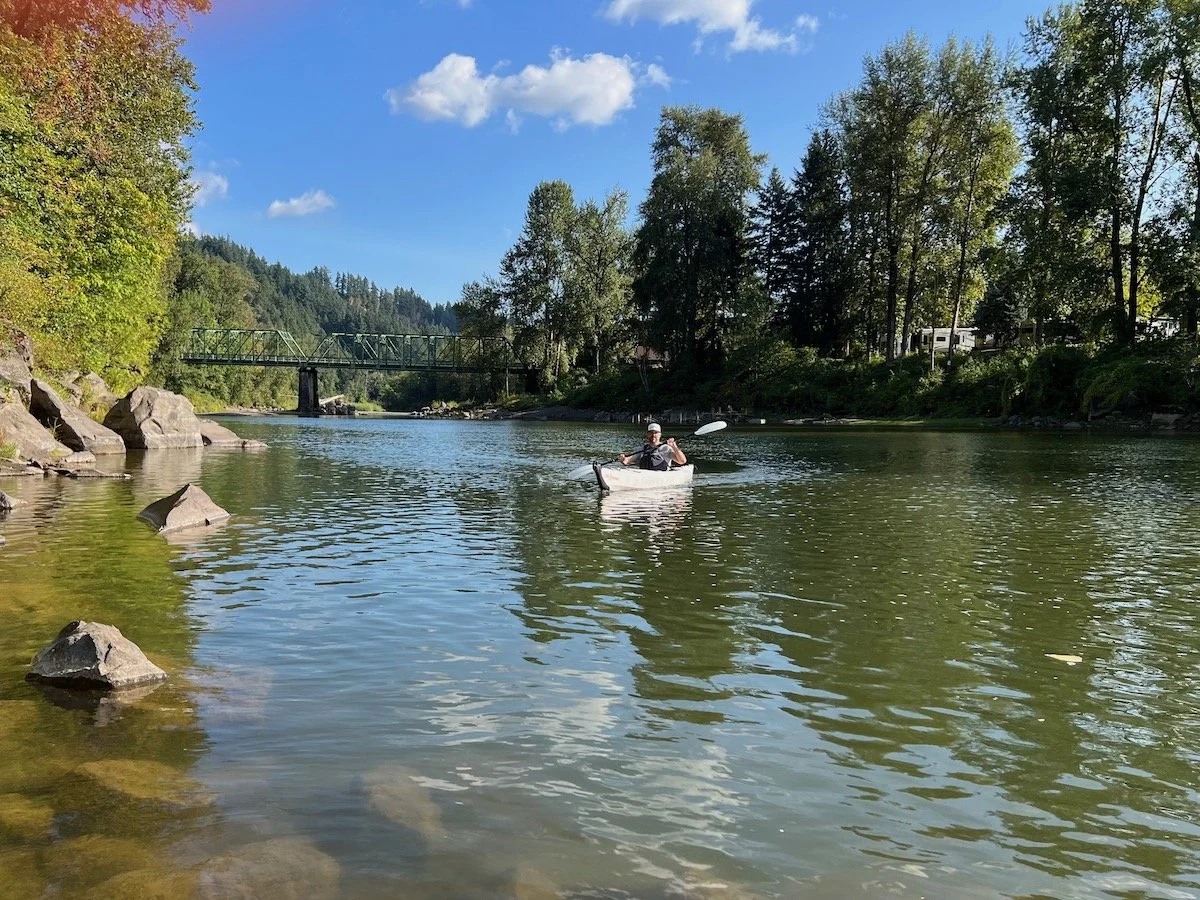

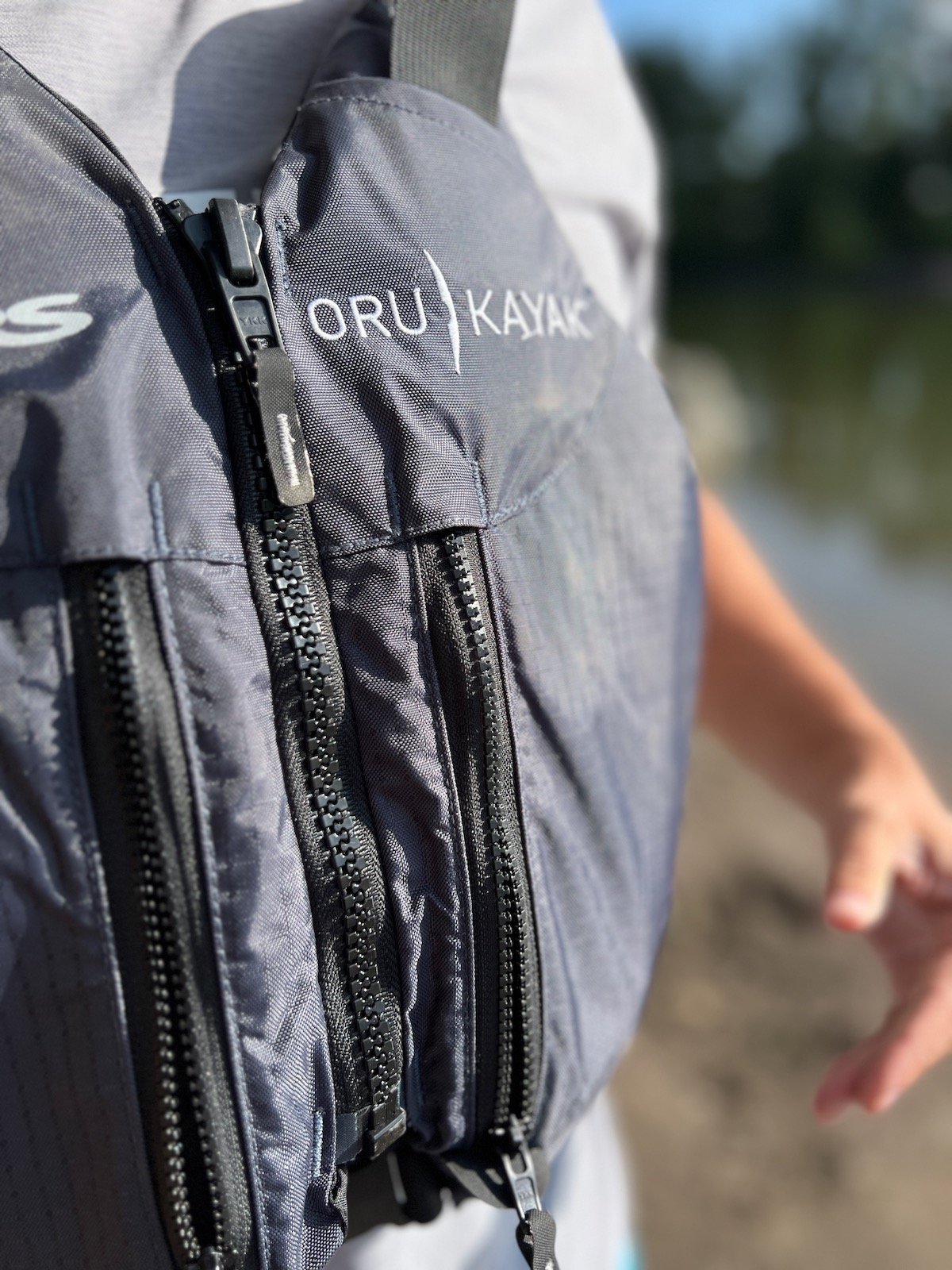


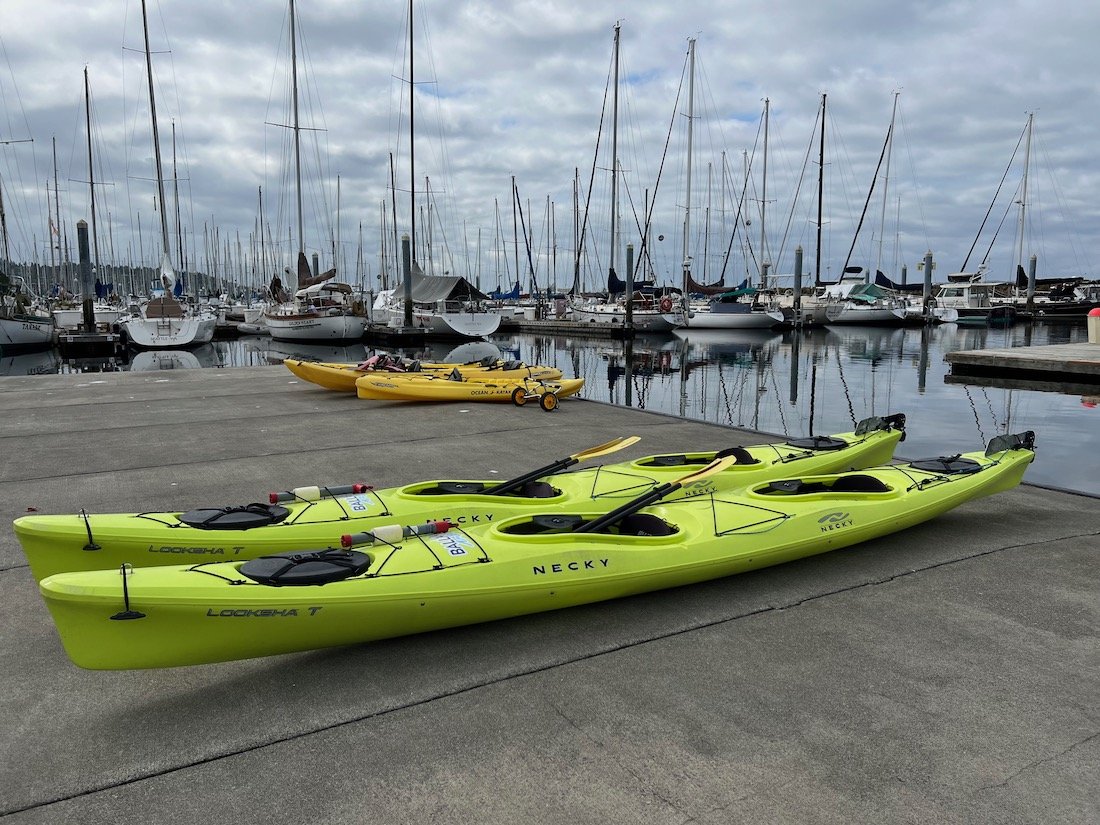
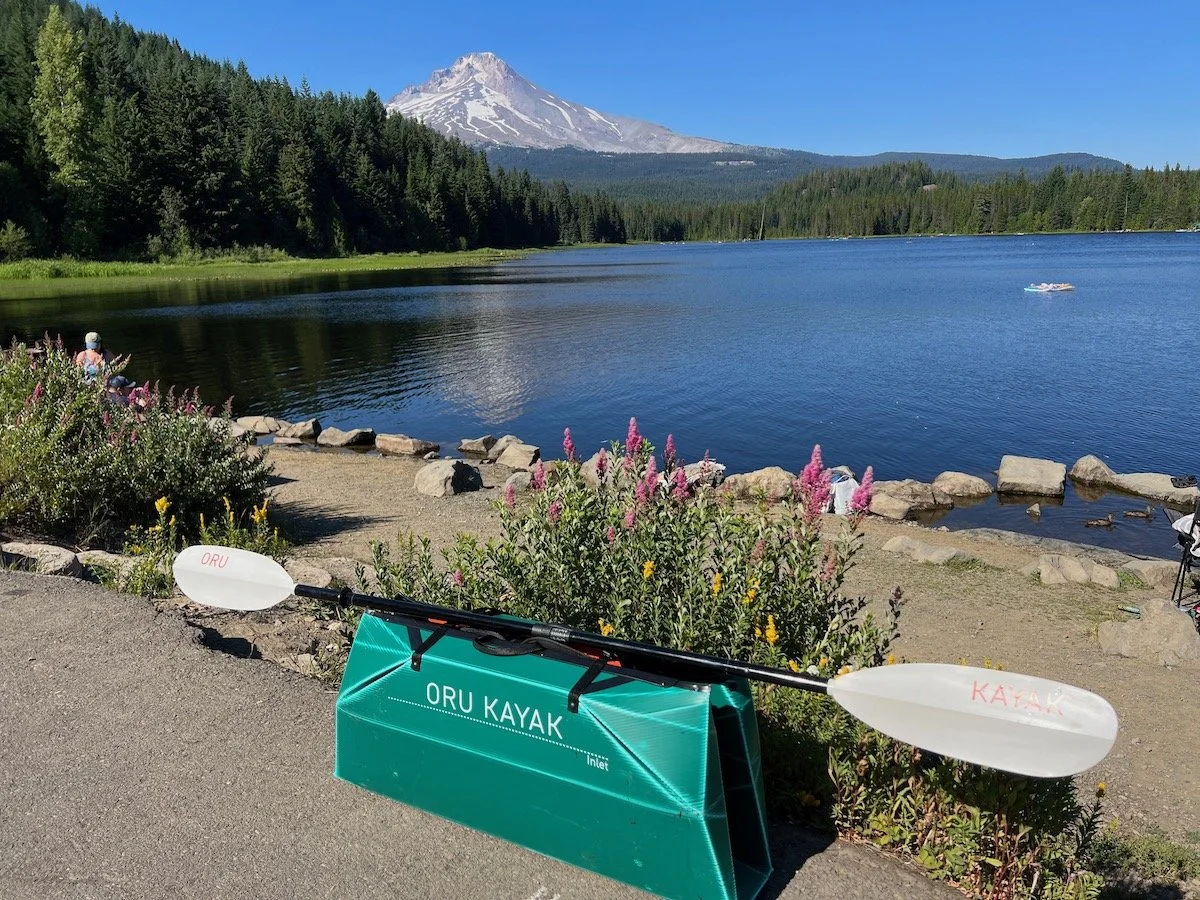
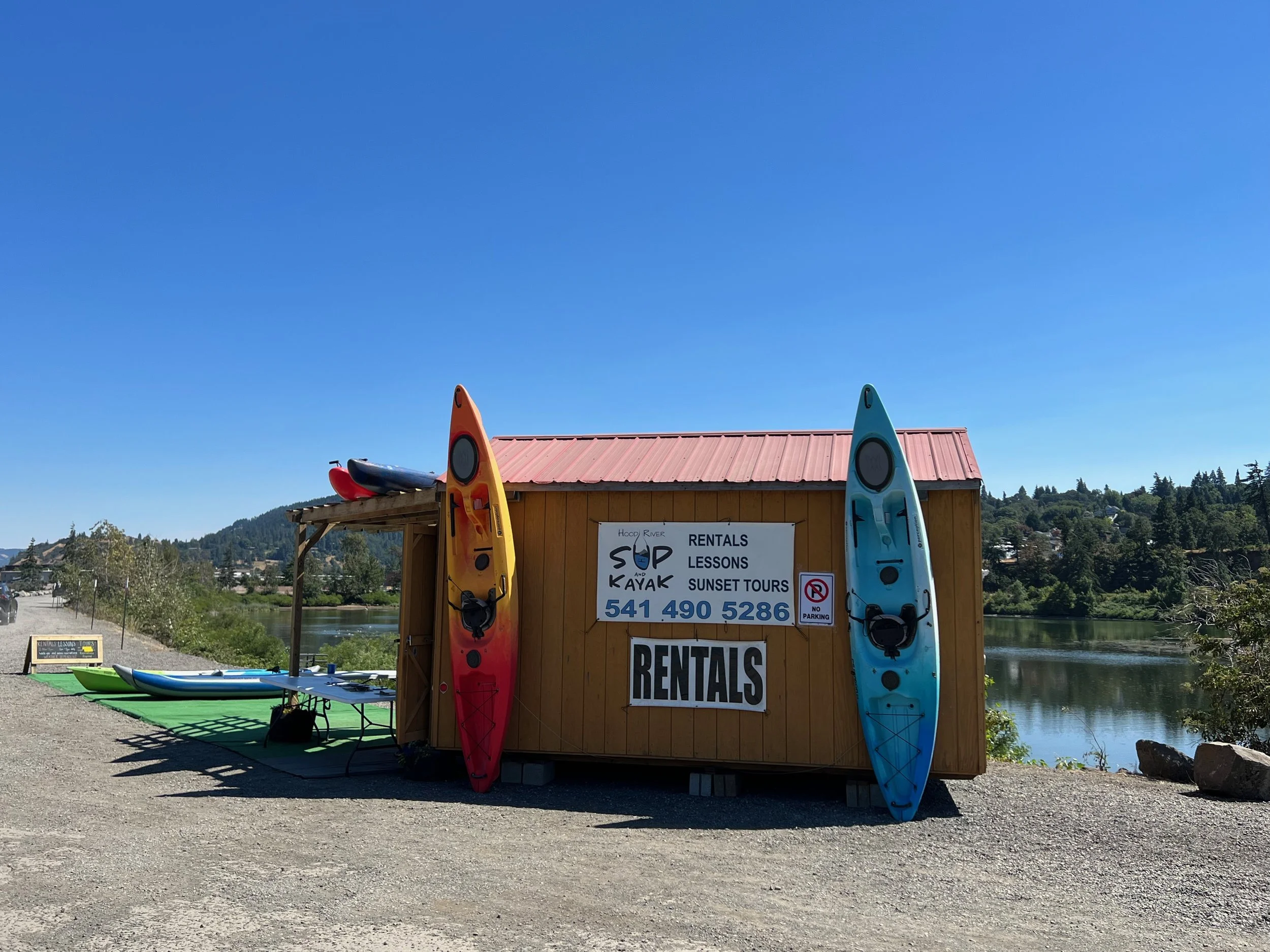
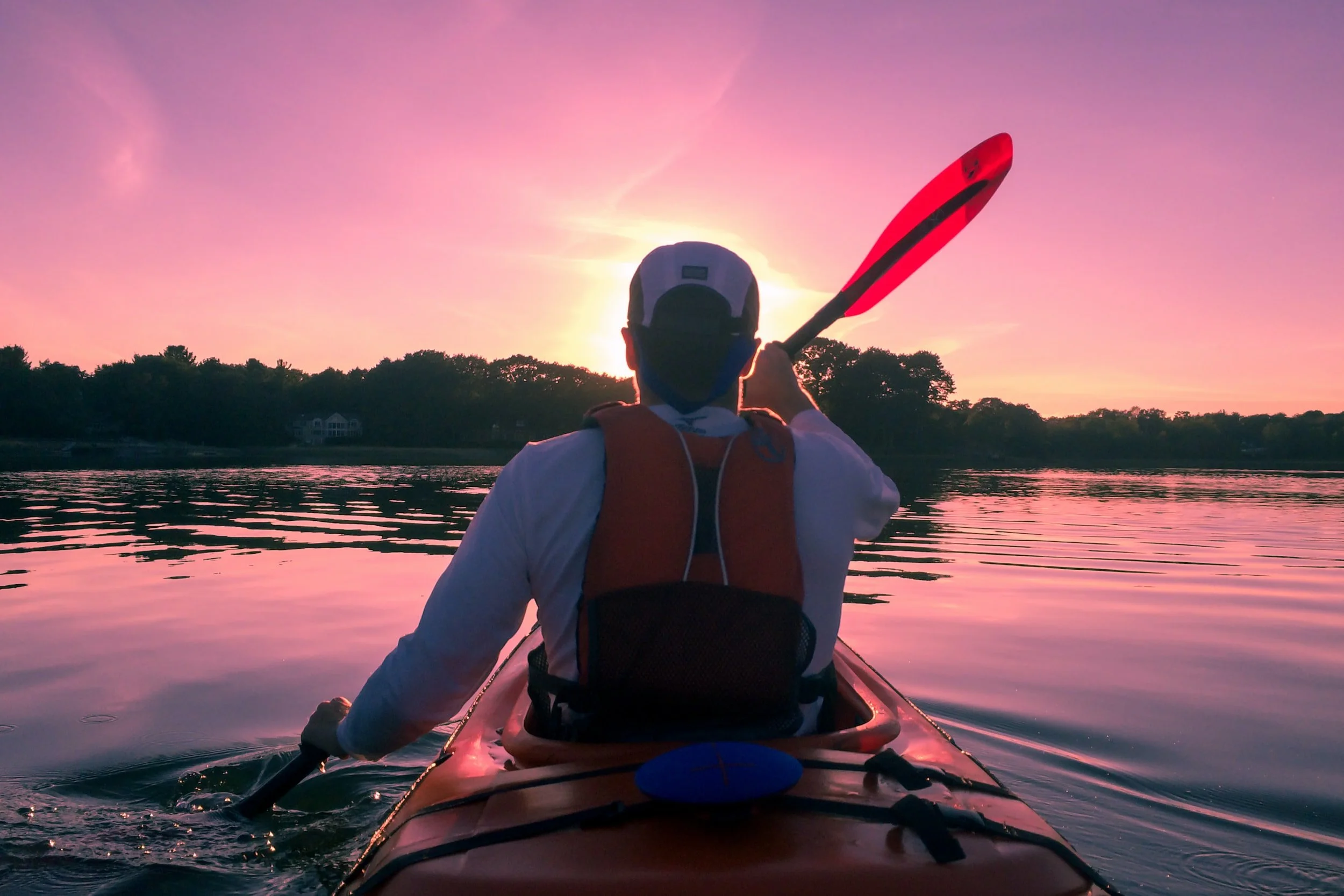

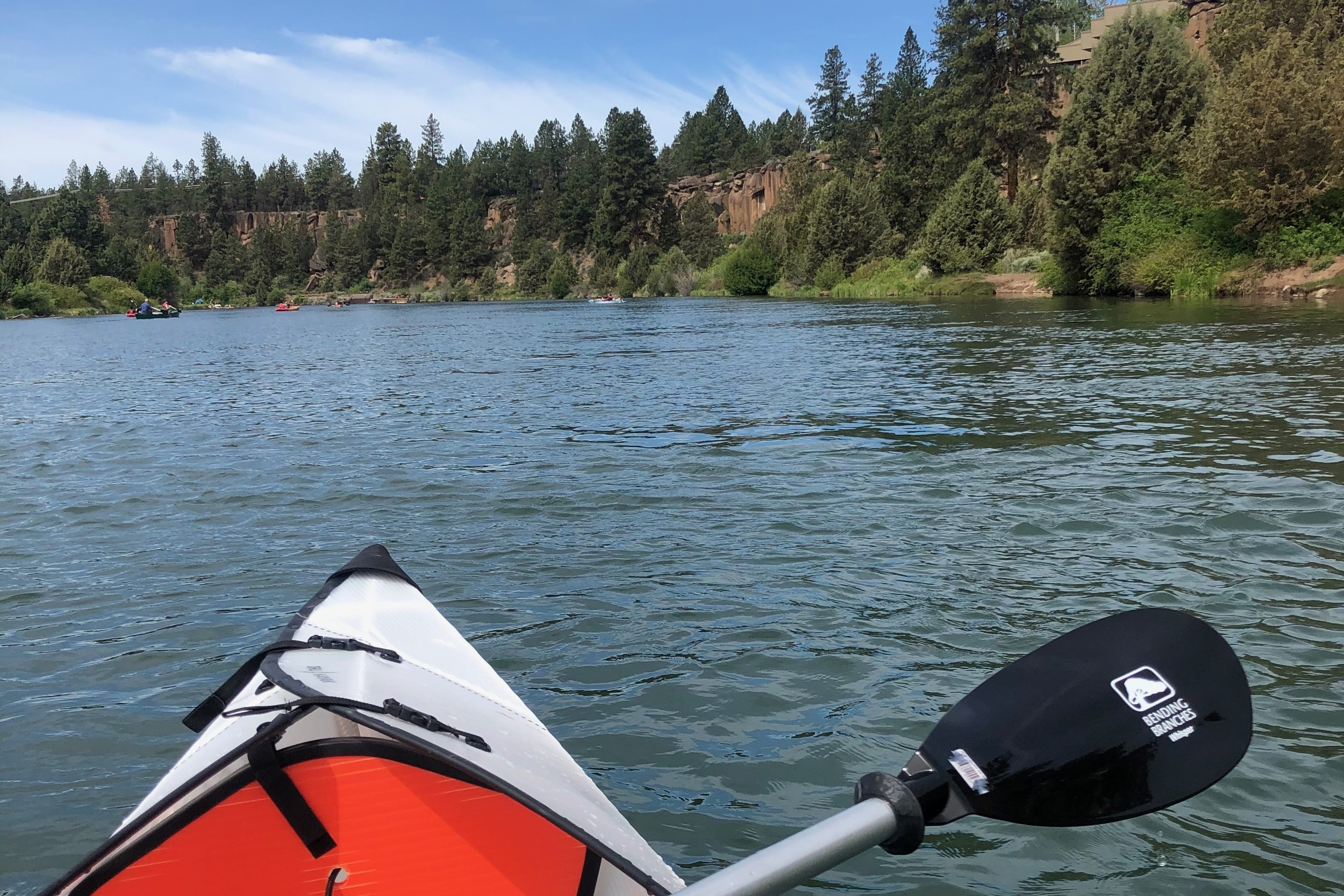


![Floating home cabin for rent [REVIEW]](https://images.squarespace-cdn.com/content/v1/62c5c6be9225615a8d0231a9/5288183e-d43e-418c-9fa1-095bc59b4e3f/FloatingHome-Rental-Oregon-OruInlet-Kayaking-FlatwaterKayakClub.jpeg)

Paddling across the glacier-clear waters of Eastern Oregon in a clear-bottom kayak under a sky full of stars is an unforgettable adventure.